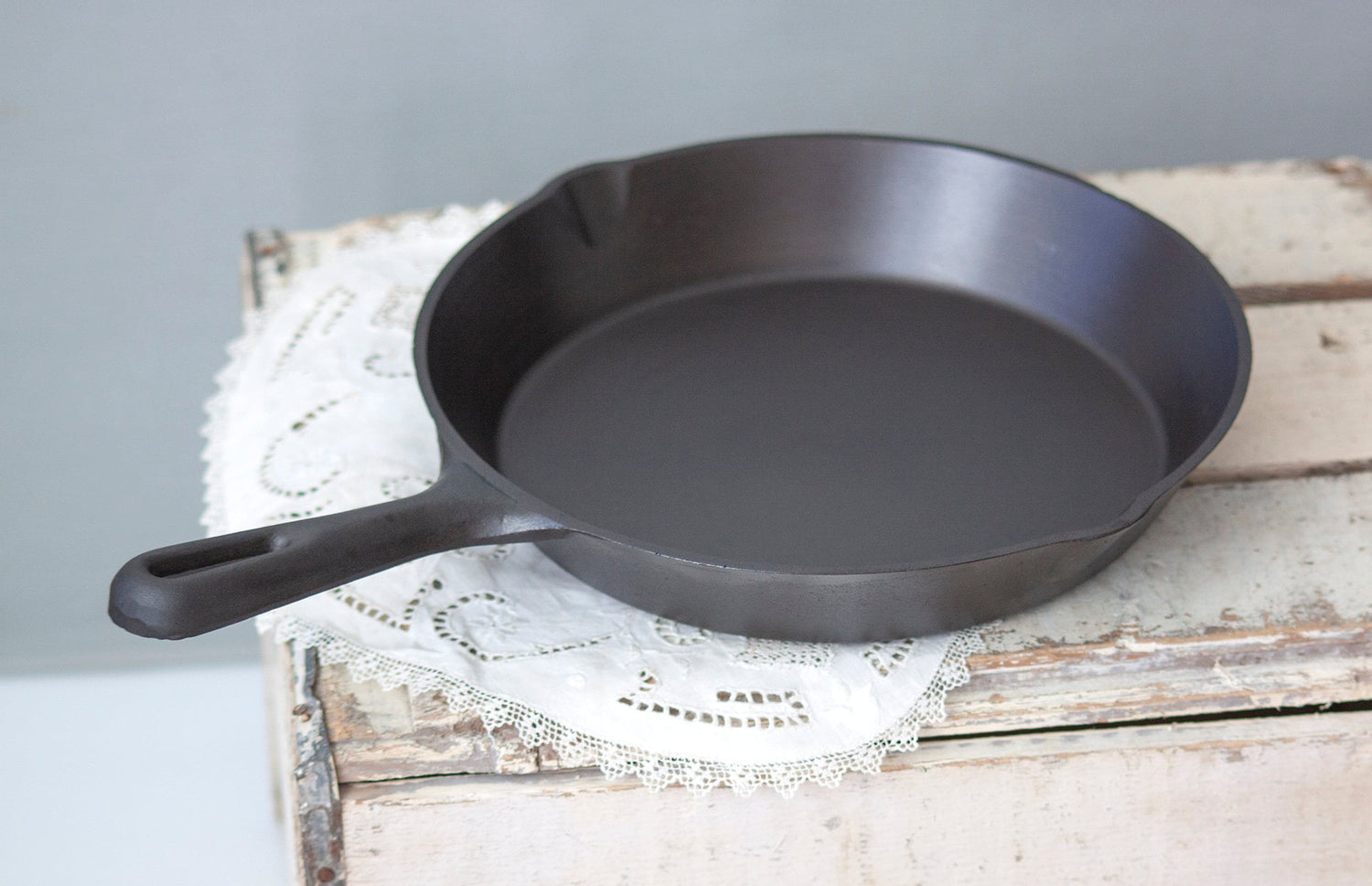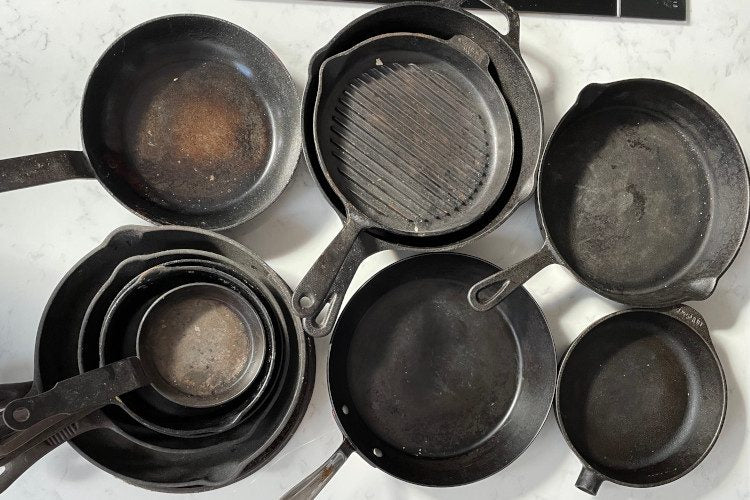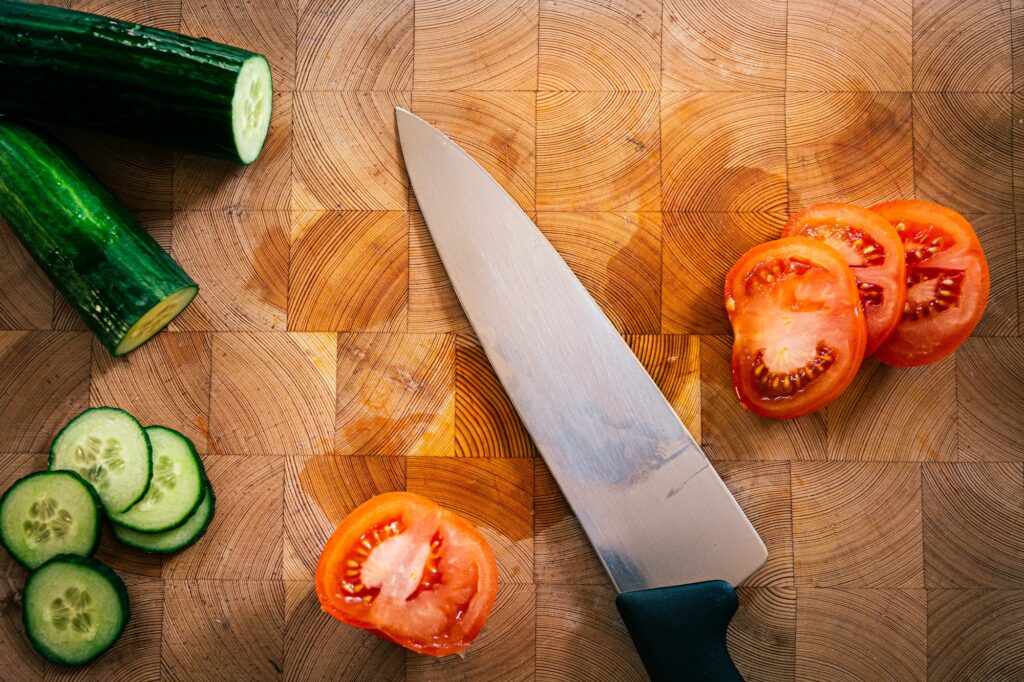As a kitchen professional, you're undoubtedly aware that understanding how to drain fat from skillet is an essential skill that can enhance not only the flavor but also the health aspects of your dishes. Without appropriate fat drainage techniques, dishes can become excessively greasy and unappetizing. In this article, we will explore an effective process to drain fat from skillet, covering everything from tools to techniques to ensure you master this culinary task.
In kitchens around the world, draining fat effectively is often the unsung hero of great cooking. The difference in taste and texture when you successfully remove unwanted fat can turn a mediocre dish into a remarkable one. So, lets delve into the **art and science** behind this important culinary skill.

The Importance of Draining Fat
Draining fat from the skillet isnt just about making a dish less oily. Here are several reasons why this process is vital:
1. Flavor Enhancement
Fat is flavor, but too much of it can overpower other ingredients. Draining excess fat allows the actual flavors of your ingredients to shine through. It creates a balanced profile, ensuring that every ingredient finds its place on the palate.
2. Health Considerations
In today's health-conscious world, many diners are keen on low-fat options. Knowing how to drain fat from skillet not only aids in reducing calorie counts but also aligns with consumer trends prioritizing healthier eating habits.
3. Improved Texture
Excessive fat can lead to a greasy texture that may deter diners. Removing fat can enhance the bite and mouthfeel of your dishes, offering a more appealing and enjoyable eating experience.
Tools You'll Need for Efficient Draining
Now that we've established why draining fat is crucial, lets look at the tools that can make this task simpler:
- Slotted Spoon: A slotted spoon is perfect for scooping out solid pieces while letting the fat drain away.
- Liquid Fat Separator: This tool is brilliant for separating fat from broth or sauces. It allows you to pour fat separately from the unwanted liquids.
- Colander: Ideal for larger batches, use a colander lined with paper towels for ultimate fat drainage.
- Skillet Lid: A simple yet effective method involves using a lid to hold back solids while pouring off fat.
Methods for Draining Fat from Skillets
The methodology you choose may depend on the type of dish you are preparing. Here are several effective methods:
1. Basic Drainage
Simply tilt the skillet over a heat-safe container to pour fat out. This is one of the quickest methods but ensure that solid food remains in the pan!
2. Using a Slotted Spoon
With a slotted spoon, scoop out the ingredients you want to keep, allowing excess fat to remain in the skillet. This method is particularly effective when cooking ground meats.
3. Liquid Fat Separator
For a more refined approach, especially in sauces, pour the liquid into a fat separator. The fat will rise to the top, allowing you to pour the liquid beneath.
4. Paper Towel Method
After cooking, take a few paper towels and gently press them over the surface of the food to absorb fat. It's a straightforward and easily accessible method.
Best Practices for Skillet Maintenance
While understanding how to drain fat from skillet is pivotal, maintaining your skillet is equally important. Proper care can prolong the life of your cookware:
1. Regular Cleaning
Cleaning your skillet promptly after use can prevent the buildup of greasy residues. Learn more about proper cleaning methods for your skillets.
2. Seasoning Your Skillet
Regularly seasoning your skillet not only prevents rust but also promotes a non-stick surface that aids in draining fat effectively. Understand how to season properly for the best results.
3. Avoid Abrasive Techniques
Using metal tools or scrubbing excessively can damage your skillet's surface. Opt for softer cleaning materials to maintain its quality.
Common Mistakes When Draining Fat
Even seasoned cooks can stumble upon mistakes. Here are a few to avoid:
1. Not Letting it Cool
Draining fat when the skillet is extremely hot can be dangerous. Always allow your skillet to cool slightly before handling.
2. Improper Container Use
Using non-heat-resistant materials for collecting fat can lead to mess and potential injuries.
3. Overloading the Skillet
Trying to cook too much at once makes it harder to drain fat successfully. Work in smaller batches for the best results.
FAQs
1. Can I reuse the fat drained from the skillet?
Yes, but only if the fat is clean and free of food particles. Strain it through a fine mesh to ensure purity before storing it.
2. How often should I drain fat while cooking?
It largely depends on the dish. For meats, you may want to drain fat at the halfway point. For dishes where fat affects the overall flavor, consider draining it immediately.
3. What is the best type of skillet for fat draining?
Cast-iron skillets are popular for their heat retention and stability. They allow for straightforward fat drainage along with great cooking properties.

Conclusion
Now that you are armed with the knowledge on how to drain fat from skillet, you can elevate your cooking to new heights. Mastering this technique not only will enhance the taste and texture of your dishes but also reflects your expertise in the kitchen. Remember, the key is practice, so incorporate these methods into your daily cooking routine. Happy cooking!
As an Amazon Associate, I earn from qualifying purchases.






Leave a comment
This site is protected by hCaptcha and the hCaptcha Privacy Policy and Terms of Service apply.